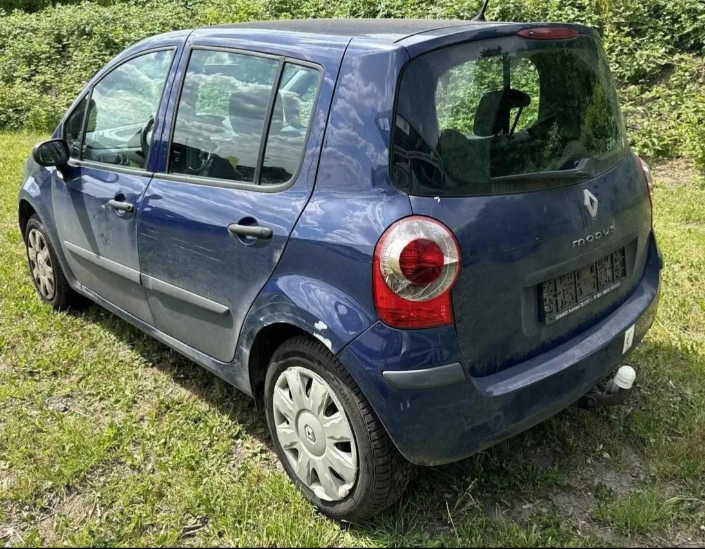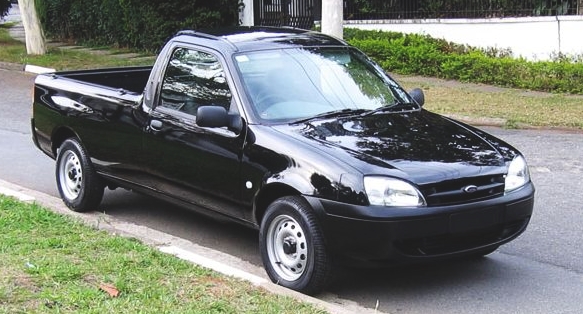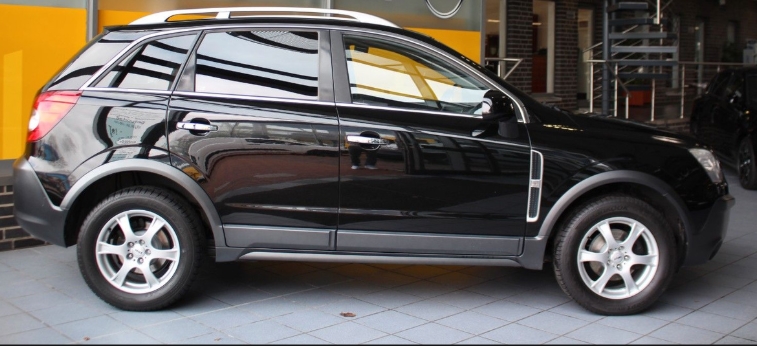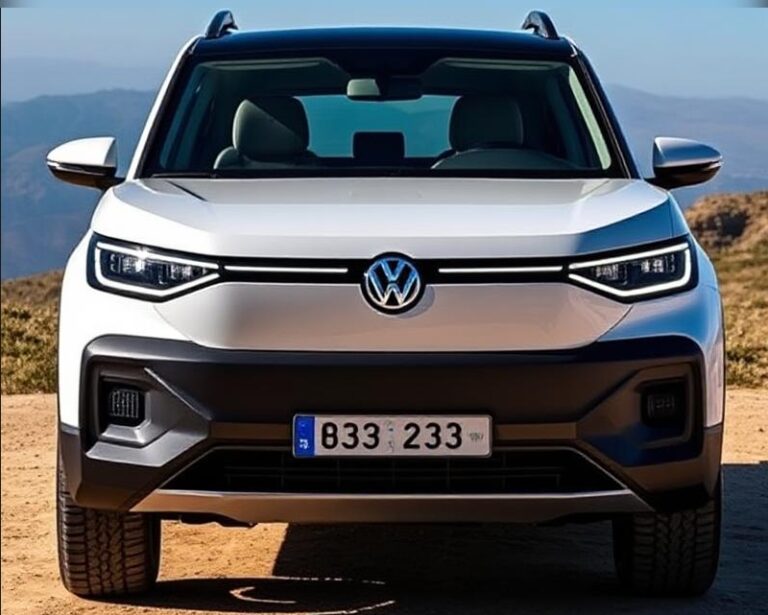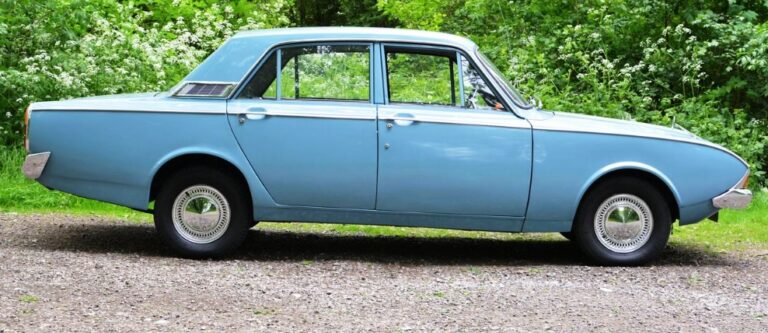The Evolution of the Mitsubishi L200
The Mitsubishi L200, also known as the Mitsubishi Triton in some markets, is one of Mitsubishi Motors’ most iconic and enduring models. Renowned for its durability, versatility, and evolving design, the L200 has undergone significant transformations since its inception in the late 1970s. This article provides a detailed chronological overview of the Mitsubishi L200’s development, covering production years, model generations, trim levels, and notable features.
Origins and First Generation (1978–1986)
Introduction & Early Models
The Mitsubishi L200’s origins trace back to 1978 when Mitsubishi introduced the first-generation model, simply called the “Mitsubishi L200” in some markets or as part of the Mitsubishi Forte lineup. Known internally as the MB series, this initial model was based on the Mitsubishi Colt platform, designed primarily as a compact pickup truck.
Key Features:
- Body Styles: Single-cab and double-cab configurations
- Engine Options: 1.6L and 2.0L petrol engines
- Transmission: 4-speed manual, 3-speed automatic (later models)
- Trim Levels: Basic, Deluxe, and higher-spec variants with optional extras
Market and Reception:
This early model was popular in Southeast Asia, Australia, and parts of Africa, valued for its robustness and affordability. It set the foundation for Mitsubishi’s reputation in the pickup segment.
Second Generation (1986–1996)
Introduction & Design Overhaul
The second-generation Mitsubishi L200, known as the L200/Strada in some markets, debuted in 1986, based on the new KG series platform. This iteration marked a significant upgrade in size, design, and capability.
Models and Variants:
- Body Styles: Single, double, and crew cab
- Engine Options: 2.0L I4 petrol, 2.6L petrol, and 2.5L or 2.8L turbodiesel engines
- Trim Levels: Base, GL, GLS, Exceed, and high-performance variants like the V20/V30 series in certain markets
Features & Innovations:
- Introduction of four-wheel drive (4WD) options
- Improved suspension and towing capacity
- The introduction of turbo-diesel variants, increasing popularity in commercial applications
Market Impact:
This generation expanded Mitsubishi’s global footprint, especially in Australia, Southeast Asia, and South America, where it gained a reputation for toughness.
Third Generation (1996–2006)
Design & Technological Advancements
The third-generation L200, known internally as the KB/KK series, was launched in 1996. It featured a more modern, aerodynamic design and advanced features.
Model Range and Trim Levels:
- Body Styles: Single cab, club cab, double cab
- Engine Options: 2.5L and 2.8L turbodiesel, 3.0L petrol V6 (in some markets), and later 3.2L turbodiesel
- Trim Levels: Base, GLX, GLS, GLS-Limited, and high-end trims like the Intense or Sport variants
Innovations:
- Introduction of electronically controlled 4WD systems
- Incorporation of improved safety features, including optional airbags and ABS
- Enhanced comfort with air conditioning, power accessories, and upgraded interiors
Special Editions:
Throughout this period, Mitsubishi released numerous special editions such as the Warrior and Gladiator, which featured upgraded suspensions, styling packs, and additional equipment.
Fourth Generation (2006–2014)
Major Redesign & Global Success
The fourth-generation model, known as the Triton or L200, was launched globally in 2006. It marked a significant evolution in styling, technology, and capability.
Design & Features:
- Body Styles: Single, club, and double cab
- Engine Range: 2.5L, 2.4L, 2.5L, and 3.2L turbodiesel engines
- Transmission Options: 5-speed manual, 4-speed automatic, 5-speed automatic
- Trim Levels: GL, GLS, GLS Premium, and high-performance trims like the Ralliart (introduced in some markets)
Innovations & Highlights:
- Introduction of the Super Select 4WD system
- Advanced safety features, such as stability control and hill descent control
- Enhanced towing and payload capacities
- The availability of a Quadrive all-wheel-drive system in certain markets
Special Editions & Market Variants:
- The Ralliart version offered sporty styling and off-road enhancements.
- The Athlete trim in Australia, emphasizing luxury and sportiness.
- The GSR variant in some Asian markets.
Fifth Generation (2014–Present)
Modernization & Technological Leadership
The current fifth-generation Mitsubishi L200, introduced in 2014 and still in production as of 2023, represents the most advanced iteration of the model, emphasizing safety, comfort, and efficiency.
Design & Variants:
- Body Styles: Double cab primarily, with some markets offering additional options
- Engine Lineup: 2.4L MIVEC turbodiesel, 2.4L DI-D, and in some markets, a 2.0L petrol
- Transmission: 6-speed manual, 6-speed automatic, with an 8-speed automatic introduced in recent models
Trim Levels & Features:
- Entry: Base utilitarian models with minimal features
- Mid-tier: LS, LR, and SE trims with added comfort and convenience
- Top-tier: Barbarian, Athlete, or equivalent trims, featuring leather upholstery, advanced infotainment, and driver assistance systems
Innovations & Technologies:
- Introduction of MIVEC turbo-diesel engines for improved power and efficiency
- Advanced safety systems: adaptive cruise control, lane departure warning, blind-spot monitoring
- Improved ride comfort, noise insulation, and interior refinement
- Enhanced towing capacity, payload, and off-road capabilities with features like Super Select II 4WD
Global Market Variations:
The model has been tailored to regional preferences, with some markets offering unique trims or features, such as the G-Wagon in Australia or Viking editions in Southeast Asia.
Notable Model Trims and Special Editions Over the Years
Throughout its production history, the Mitsubishi L200 has seen numerous trims and special editions:
- Early Models: Basic, Deluxe, and higher-spec variants
- Second Generation: GLS, Exceed, V20, V30, and various market-specific trims
- Third Generation: GLX, GLS, GLS-Limited, Warrior, Gladiator, and Sport editions
- Fourth Generation: GL, GLS, GLS Premium, Ralliart, Athlete, and GSR
- Fifth Generation: Base, LS, LR, SE, Barbarian, Athlete, and GSR, among others
Special editions often featured unique styling, upgraded suspension, or luxury features, catering to diverse markets and customer preferences.
.
Many car aficionados have multiple hobbies, like boating as well as auto stuff. Those who don’t already own a boat (and even some that do), may have thought about building their own boats. It’s really not as hard as you’d think. Just take a look at these easy boat building plans!

.
Production and Market Presence
The Mitsubishi L200 has been produced in various locations worldwide, including Japan, Thailand, Indonesia, and South Africa. Its global appeal, especially in markets like Australia, Southeast Asia, Africa, and South America, has cemented its status as a versatile and reliable pickup.
The model’s longevity is a testament to Mitsubishi’s commitment to innovation and adaptation, with each generation building on the strengths of its predecessor while incorporating new technologies and design philosophies.
Conclusion
The Mitsubishi L200’s evolution reflects its adaptability and resilience in the competitive pickup truck segment. From its humble beginnings in the late 1970s to the modern, technologically advanced models today, the L200 has continually evolved to meet changing customer needs and regulatory standards. Its expanding range of trims, innovative features, and global presence ensure that it remains a significant player in the pickup truck market.
Whether used for work, recreation, or daily driving, the Mitsubishi L200 exemplifies durability, versatility, and continuous innovation. Its history underscores Mitsubishi’s dedication to producing reliable vehicles that serve diverse markets and purposes worldwide.


